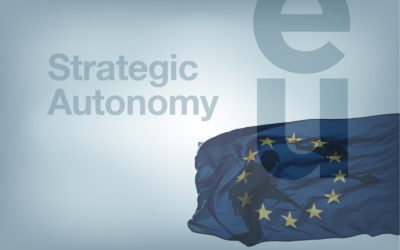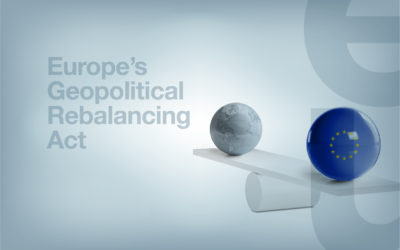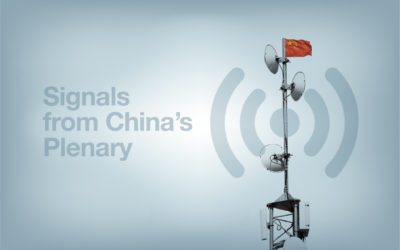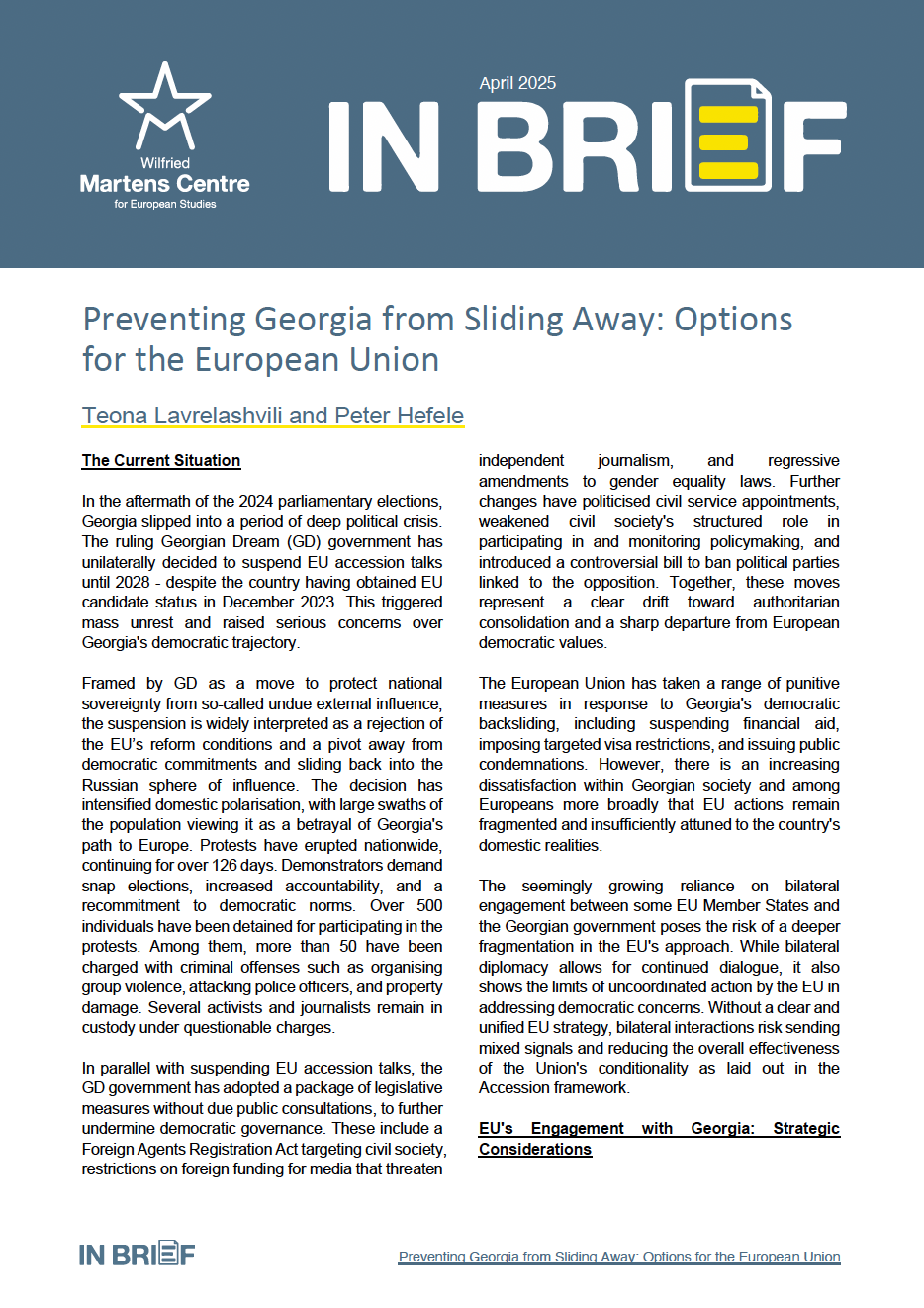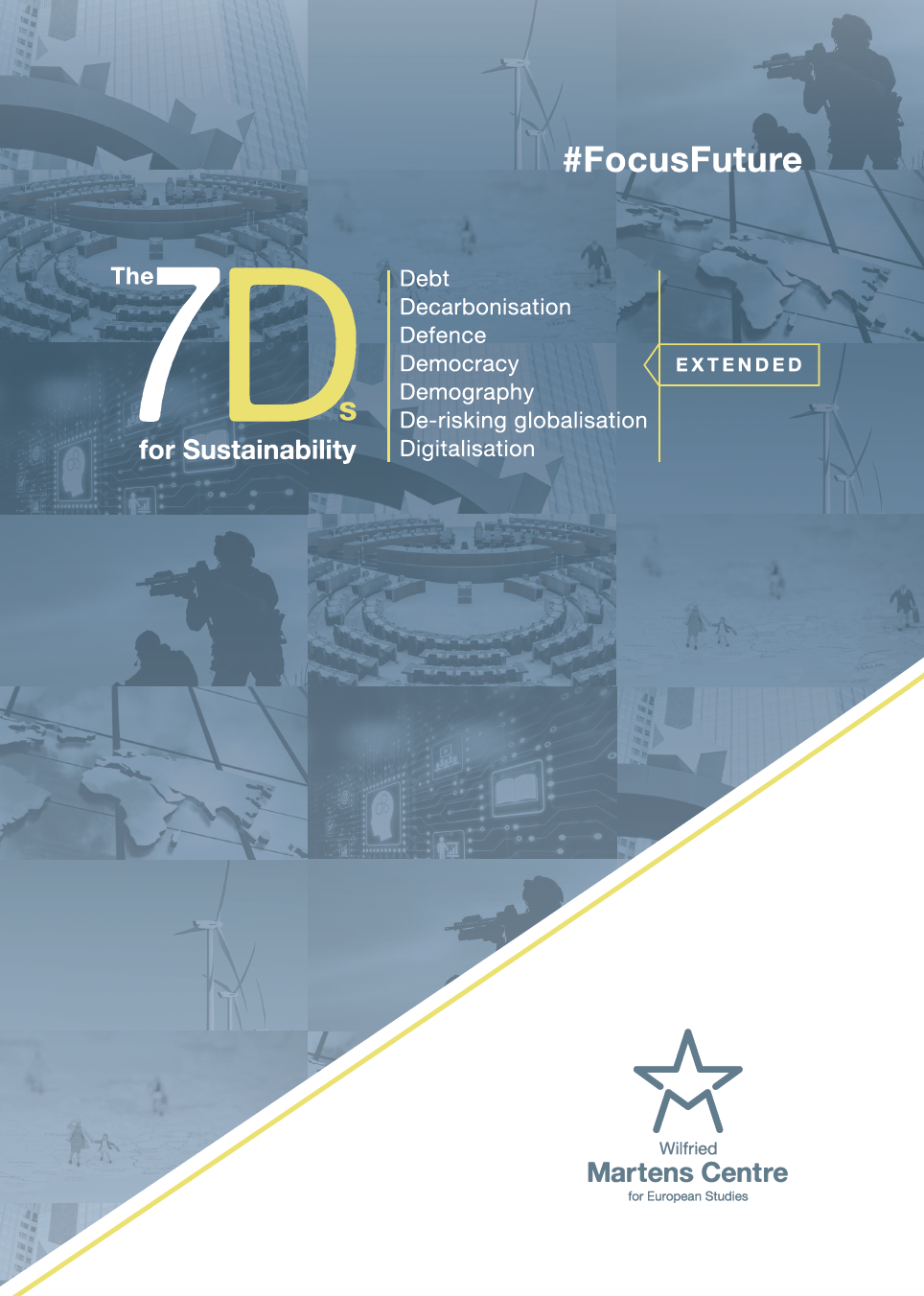European Elections 2024: Five Key Takeaways
10 June 2024
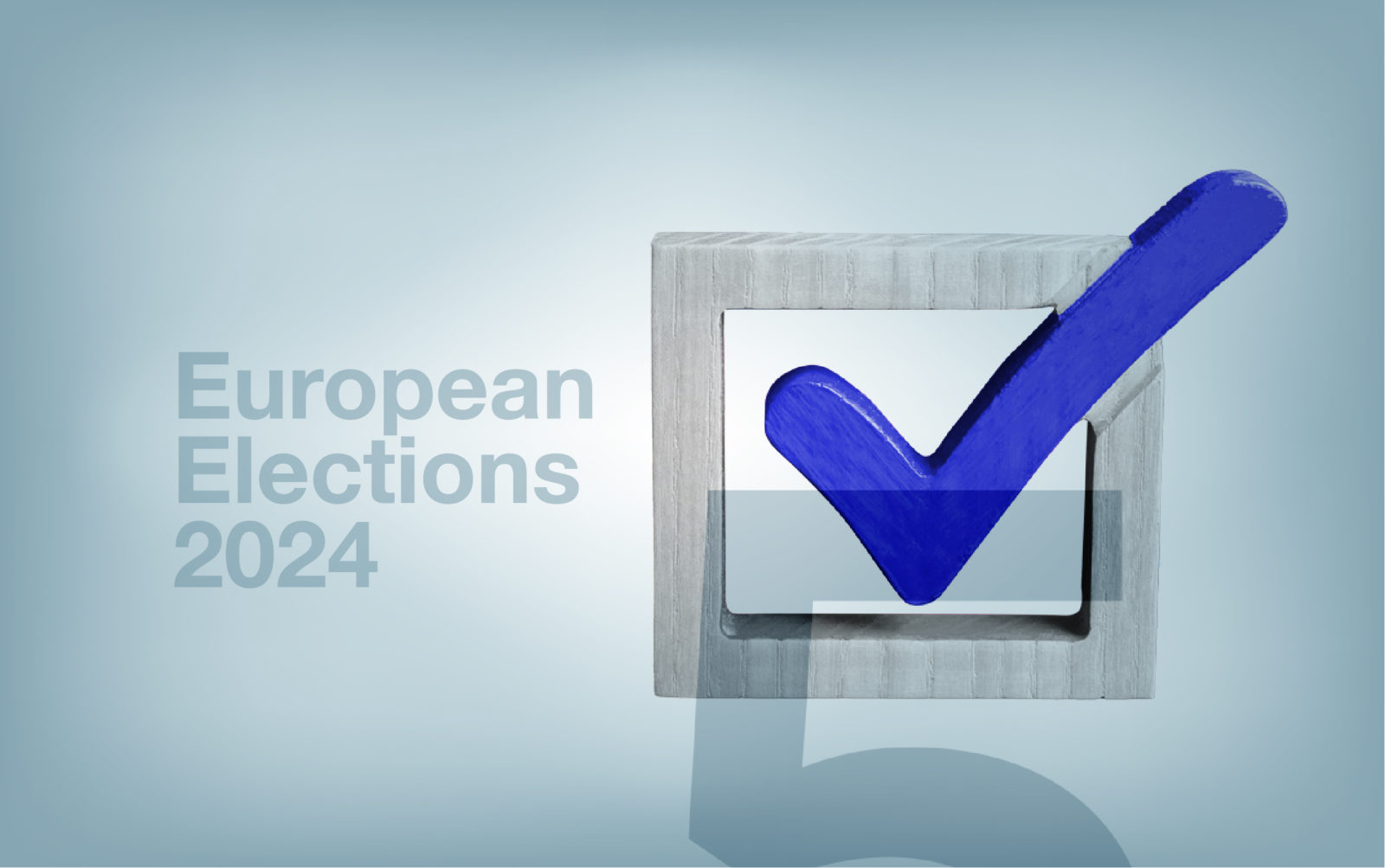
Yesterday’s European Parliament elections marked a significant turning point in the political landscape of the European Union. Five years ago, the European Union was struggling with the impact of Brexit and searching for its own narrative, its raison d’être. Today, the Covid-19 pandemic, the war in Ukraine, and the changing global landscape have all made it clear to European citizens that the EU is needed. However, with that realisation comes a new level of political intensity, which was very tangible in the run-up to the elections. Here are five critical takeaways from this year’s elections.
The EPP Is the Largest Across Key EU Institutions
Firstly, The European People’s Party (EPP) has clearly reaffirmed its position as the largest group in the European Parliament, bolstered by a significant presence in the European Council. With EPP prime ministers now making up over 40% of the European Council, their influence in the next European Commission will be considerably stronger than in the 2019-2024 term. This dominance ensures that the EPP’s candidate Ursula von der Leyen is poised to be nominated by the European Council as the President-designate of the European Commission, highlighting the party’s robust hold over the EU’s key institutions.
Despite snap elections called in France, the right-wing surge is not the main story of the elections
Secondly, the big winner is the protest vote; the share of candidates and parties not part of any existing group increased substantially. This election cycle highlights the strengthening of non-mainstream parties and candidates, with the non-inscribed segment experiencing the most dramatic increase. The dynamics of protest votes also contributed to the gains of far-right parties in domestic opposition, where their popularity is directly linked to their lack of governing responsibilities.
The campaign period of the elections sparked discussions about a shift towards the right and extreme right, but this narrative misses the broader picture. In fact, the growth of the European Conservatives and Reformists (ECR) and Identity and Democracy (ID) seeing an increase compared to 2019 is less than the decline of the Greens, which is actually one of the main takeaways of these elections. Also, populism did not strengthen only on the right but also on the left, as seen in Germany. As to the predicted right-wing shift across Europe, far-right gains were principally a manifestation of good results for the far-right in the EU’s two largest countries, namely the AfD in Germany and the Rassemblement National in France.
Personalisation of Elections Matters
Thirdly, the process of nominating lead candidates, the so-called Spitzenkandidaten, played a central role in election media dynamics and reporting. The discussion significantly focused on the current President of the European Commission, Ursula von der Leyen, whose EPP party emerged as the frontrunner in pre-election polls. A further increase in the personalisation of politics could be tracked in various national results.
The next steps involve her nomination by the European Council and a subsequent vote in the European Parliament. This procedure’s outcome will likely influence the role of the Spitzenkandidaten process in future elections and the importance of individual pan-European candidates in shaping the EU’s political landscape.
The Final Composition of Parliament Groups Remains Uncertain
Fourthly, the final makeup of the European Parliament’s political groups is expected to evolve over the coming weeks. Notably, the Renew Europe group faces significant challenges, one of which being the decline of MEPs from Emmanuel Macron’s Renaissance party, affecting both its numbers and internal dynamics, and possibly also its final composition. Similarly, the composition of the European Conservatives and Reformists (ECR) and the Identity and Democracy (ID) groups remains uncertain. The EPP will gain some MEPs when all the results are tallied. These shifts could significantly alter the balance of power within the Parliament.
Greens’ Constructiveness Will Be Now Tested
Finally, throughout the campaign, The Left and the Greens warned of the risk of right-wing dominance in the European Parliament. Post-election, a potential coalition comprising the EPP, Socialists, and Liberals appears most likely. However, this coalition would need to seek additional support from either the Greens or the right wing of the parliament for major decisions.
The Greens’ stance in the upcoming vote for the European Commission President will be telling. Their commitment and reliability will indicate the potential for broader coalitions in the forthcoming legislative period. Historically, the Greens negotiated actively but ultimately abstained from voting for the Council’s candidate, a scenario that might repeat itself this year.
During the campaign, three overarching themes emerged as central to the upcoming legislative period: economic growth, the sustainable transition, and security. The future of the Green Deal, particularly the role of the private sector and financing, will be hotly debated during the Commission hearings. Additionally, security, both in terms of everyday life and common defence, will be a key focus of the next five years.
Overall, the 2024 European Parliament elections have reaffirmed the EU, injecting new dynamism into European politics. This election cycle not only highlighted the increasing importance of EU governance but also set the stage for potentially transformative shifts in the Union’s political and legislative direction, though the Parliament’s new composition will yield its own challenges in terms of coalition building.
The heightened engagement and evolving political landscape signal a transformative phase in the EU’s relationship with its citizens, promising a more dynamic political environment over the next legislature until 2029.
ENJOYING THIS CONTENT



